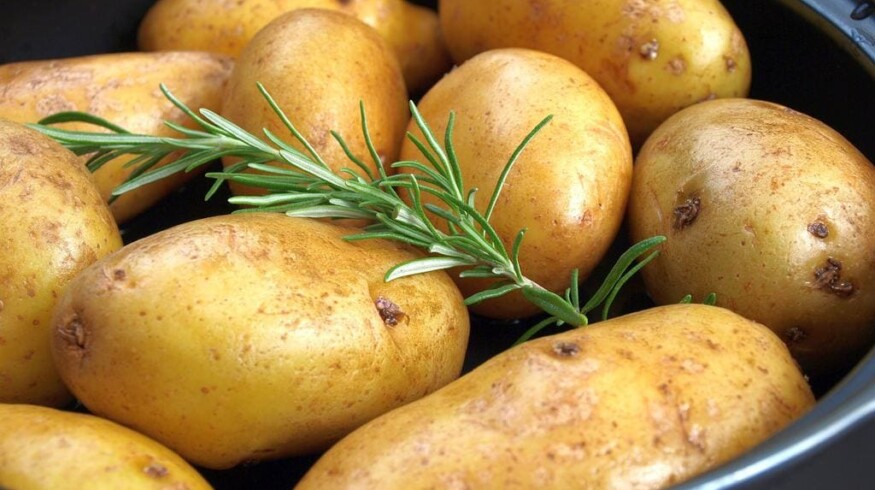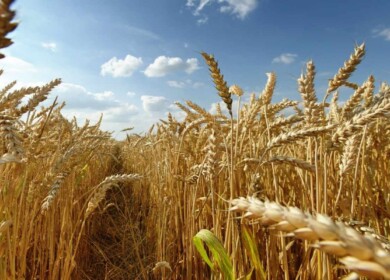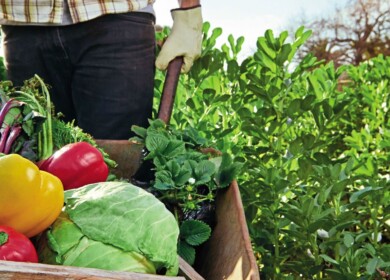Russia to harvest plenty of potatoes and sunflower seeds

Representatives of over 250 companies (producers of agricultural products, machinery, seeds, fertilizers and plant protection products) discussed the situation in Russian agriculture at the conference “Russian Crop Production 2019/20”.
Vladimir Petrichenko, General Director of the analytical company ProZerno, predicted a decrease in domestic grain consumption in the season 2019-2020 by almost 1 million tons to 78.4 million tons, and a drop in wheat consumption by 3 million tons to 42.4 million tons along with an increase in barley consumption by 1.5 million tons to 14.9 million tons, and corn, by 0.5 million tons to 9.1 million tons. The primary reason for these changes is a decreased demand from the livestock industry.
“While earlier [in animal industry] the consumption was either stable or slightly growing, this season, we believe, it will decrease, although not much.’ For example, due to a decrease in poultry stock, feed consumption in the poultry sector has also decreased. ‘We also see this in meat production: it does grow up in general, but only a little due to pig production, while poultry production goes down,” Vladimir Petrichenko said.
“There is also positive news in the market. For example, the quality of Russian grain has improved,” Yulia Koroleva, Director of Center for Grain Safety and Quality Assessment, noted. “If the weather in Siberia does not fail, it will probably be among the best in recent years.”
Much interest was generated by the report by Daria Snitko, Head of the Center for Economic Forecasting “Gazprombank”. Some of the main trends she highlighted are powerful changes in the global market in recent years, concentration of economic growth in the developed world, the US-China trade war, which is involving more and more commodity groups. The speaker also dwelt upon the situation on the food market in China characterized by a fall in consumption, a lack of production volumes to meet needs, and therefore, the expert concluded, quite enabling environment is arising for Russian exports to China.
A more conservative estimate of export prospects until the end of 2019 was given by the President of the Russian Grain Union Arkady Zlochevsky, who assessed the competitiveness of Russian wheat at the beginning of this season at a low level.
“Although the second crop is expected after the record of 2017, the [domestic] prices have not collapsed, as was traditionally the case at the beginning of the season.” The expert predicts a change in the situation in the second half of the season when the competitiveness is smoothed down due to a drop in domestic prices. “We will work hard for the second half of the season, which is uncommon in export,” he said.
The Russian Grain Union estimates the potential for grain export in the season 2019-2020 at the level of 47 million tons.
Optimistic forecasts were made in the sectors of potato and sunflower. This year, about 7 million tons of potatoes will be harvested in the industrial sector, Sergey Lupekhin, President of the Potato Union, predicts. According to him, a gross harvest like this is repeated every three years, and the quality of potatoes is improving, although this year, the weather affected the crop in a number of regions.
Analysts at the Agricultural Market Institute, after examination of crops, re-forecasted the sunflower production this year from 13 million tons to more than 14 million tons.
“This will be one more record,” said Dmitry Rylko, General Director of the Institute for Agricultural Market Studies. Another soybean record is also expected although the yield is not very high since there are very serious problems in the Far East. ‘The rapeseed crop will also be close to a record,” Rylko said.
“And, most likely, there might be an oil flax crop record,” the expert added.
During the conference, Agroinvestor presented a preliminary version of the third rating “Leaders of the Russian Arable Land” (top agricultural holdings in terms of sown areas). The rating has undergone changes—the total sown area of the 25 largest agricultural holdings in the country has increased by 700 thousand ha to about 7.9 million ha, which is equivalent to 10% of all sown areas in Russia for the crop of 2019.
The “entry ticket” to the rating of arable land leaders has also gone up—now the rating includes agricultural holdings with more than 142 thousand hectares of crops (previously 107 thousand hectares). The five leaders look quite predictable this year, with the exception of their order in the list: this year, Prodimex with approximately 750 thousand ha is at the top of the rating, it is followed by Miratorg, Nikolay Tkachev Agrocomplex, Rusagro, and Volga-Don Agroinvest, which climbed to become the 5th replacing Dominant in this position.
The agricultural holding EkoNiva has shown an impressive growth rate—over the year, it has increased crops from 240 thousand ha to 379 thousand ha; the land bank of the agricultural holding has grown from 460 thousand ha to 589 thousand ha. The results of the rating will be published in October.
Enjoyed this story?
Every Monday, our subscribers get their hands on a digest of the most trending agriculture news. You can join them too!














Discussion0 comments